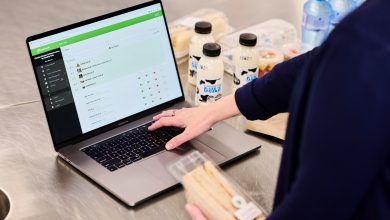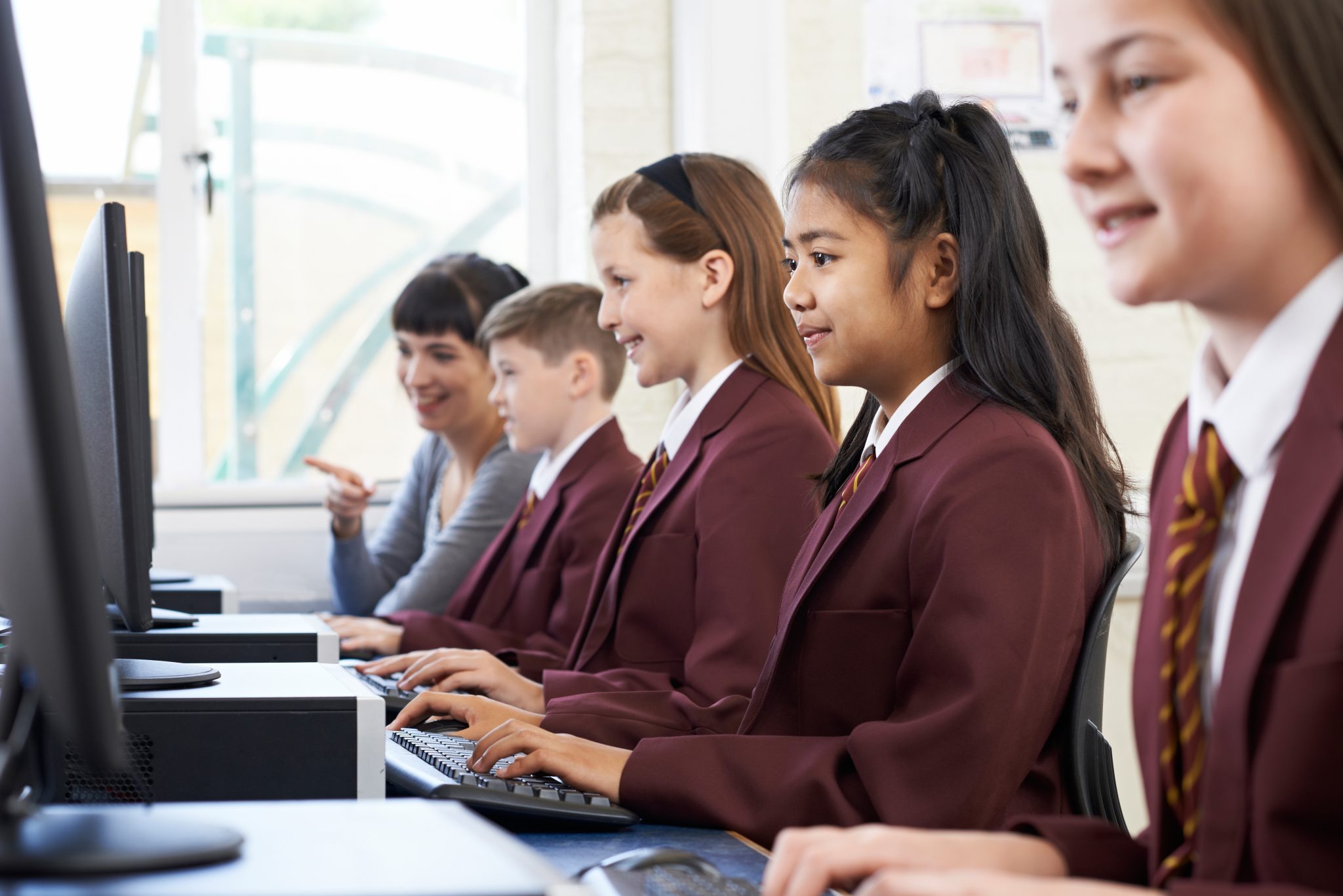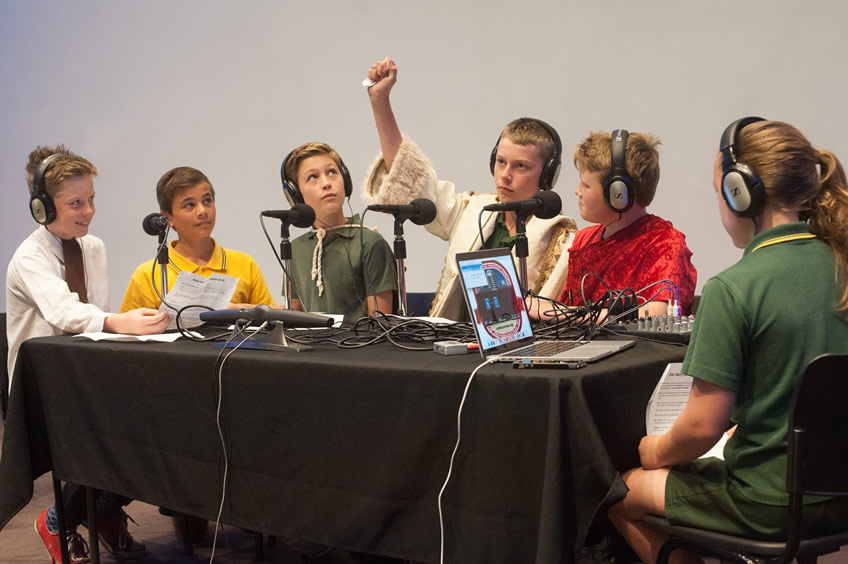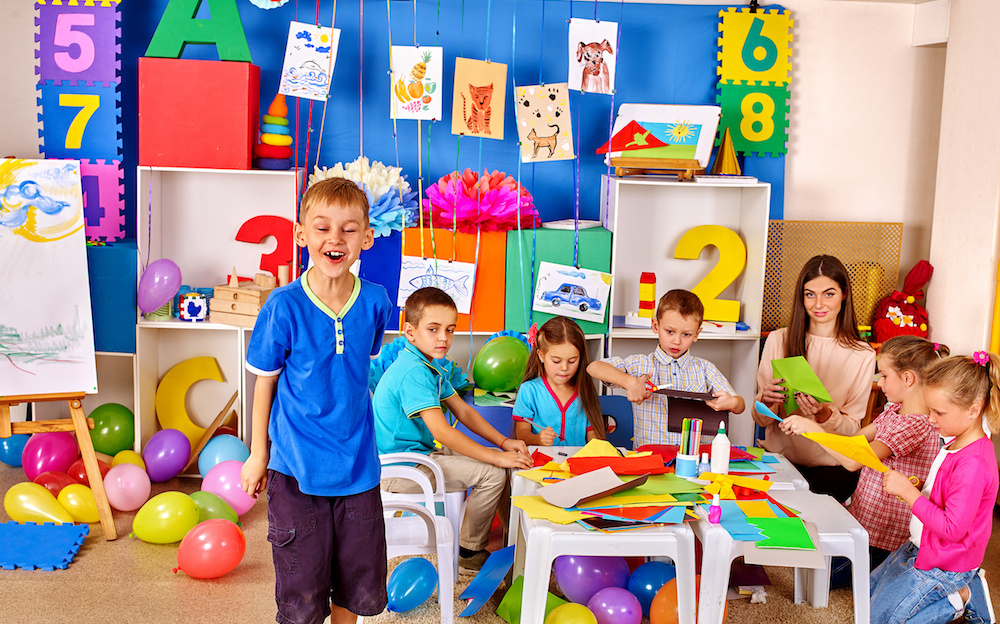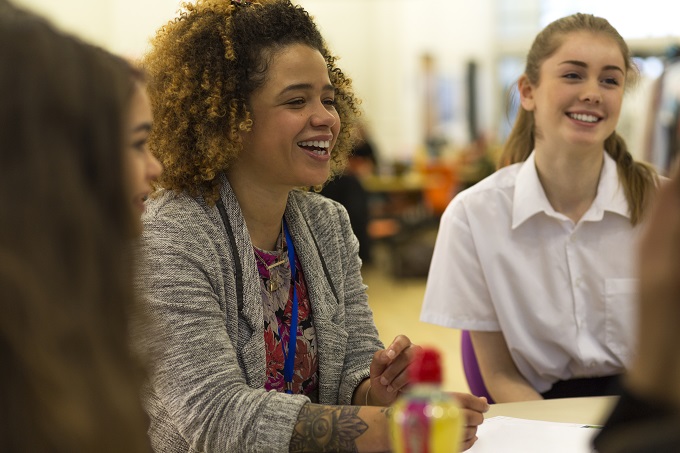Tools to make classrooms more inclusive
As a concept, inclusion is often associated with minority groups such as people who experience disability, but inclusion is about everyone.

Schools have legally binding obligations to include and provide a quality education for all learners under the United Nations Convention on the Rights of Persons with Disabilities, as well as the national disability strategy.
In an educational setting, inclusion requires processes and environments are conducive to personalised learning. Students with disabilities need to be able to engage in learning in the same way as their peers. This involves consultation with the student/caregiver to identify and assess what adjustments are required to fit the needs of the student. There also must be ongoing review to ensure the adjustments remain relevant and appropriate, depending on age and stage.
The range of needs and adjustments teaching staff may be required to make can vary as much as the students themselves and personalisation is key. For example, a student with particular visual impairments may benefit from the use of simple, sans serif font, such as Arial at a 12pt font size or above, in order to enhance their ability to make out characters. They may require a slope board, physical objects perhaps with textures to use as sensory learning tools.
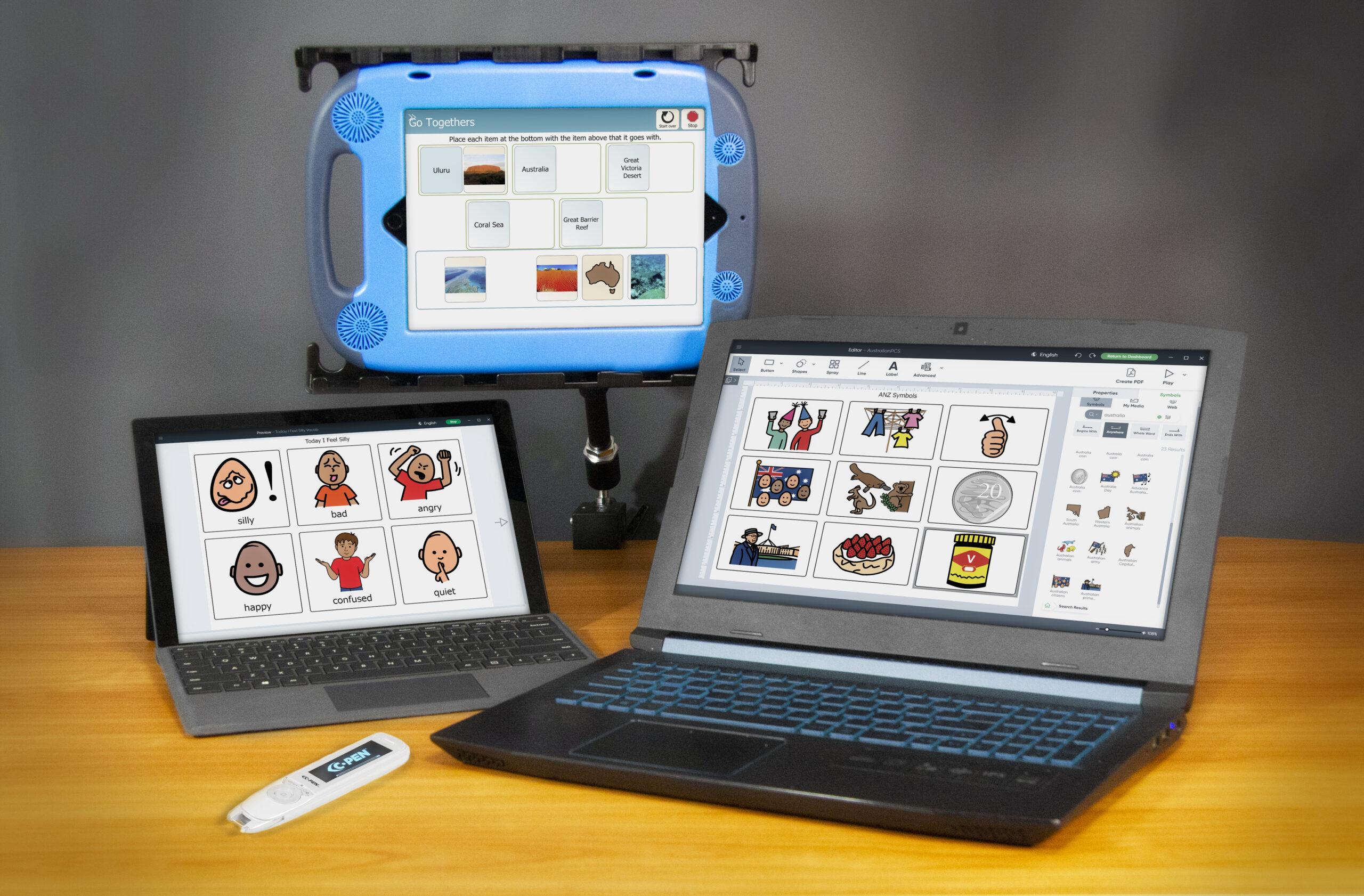
A student with limited mobility may require mobility assistance, specialised furniture or specific tools for communicating their learning if they are unable hold a pencil, pen or paintbrush and cannot use a standard keyboard. Classroom material may need to be adapted for students with hearing impairments or need sign language interpretation.
Teaching strategies that work effectively for students with intellectual impairments or learning difficulties can be useful for all students. Working with small groups or one-on-one, can allow teachers to give clearer, ore targeted instruction, for example.
Visual aids such as picture books, coded charts, and photographs can benefit some students and tactile aids such as counters, abacus, soft shapes and ribbons can be useful for some students with some attention disorders and intellectual impairments.
Some students may also require support in developing social skills – inside and outside the classroom. The importance of this cannot be underplayed and is relevant for everyone.

Practical guidance is available for teachers and education leaders to help recognise, plan for, and meet the learning and wellbeing needs of diverse learners. Educators can find information online pertaining to the different educational needs of mixed ability leaners from those who have acquired brain injury, experience ADHD or allergies, to those who experience low vision, deafness or speech challenges.
With care taken to adapt to the needs of the individual, and with whole school support, each student will be equally placed to thrive in their own educational setting. Inclusive, accessible learning is a birth right and building a culture of inclusion helps remove discrimination and benefits us all.
Industry insights
Spectronics representative, Michael O’Leary, took us through some strategies, techniques, sensory tools, and environments that educators can implement in the classroom.
He said: “The major trend is the continuing move toward universal (=multi-platform), cloud based, subscription software, for which there are many advantages, including automatic updates, ready-made activities, download installations, and at-home student login capability.
“It is important to consider data security, as many Education Departments demand software developers comply with international standards. Preferably, students and teachers should also be able to interact with the software even when they are off-line.
Another trend is the popularity of scanning pens, which were very difficult to use when they were first introduced some years ago.
However, modern scanning pens use a combination of camera technology and OCR (Optical Character Recognition), making them much easier and more reliable to use.
“Many States and Territories have also approved the use of exam reader pens for students in their exams. This means that students who have reading difficulties such as dyslexia can independently take exams knowing that they can read and understand the questions. No special access arrangements are required.”
Dimitra Baveas and Helena Smith from inclusive teaching tool manufacturer, MyBurrow, explained that some “schools are outsourcing for materials and tools to address developmental and learning gaps they have noticed in their populations. Sensory tools are most effective when they allow schools to address the interventions recommended by therapists to address multiple learning and developmental issues across a wide age/grade/ability range.
The goal should be to facilitate inclusion of students who would otherwise have to have their needs addressed either out of classroom or off campus.
Sensory tools in particular can be used as a part of learning experience as well as an area that can be enjoyed by students to re-set and re-focus. Students with one or more significant sensory deficits such as vision and/or hearing need to be encouraged to explore their environment using their other senses. As they explore, students learn to control the amount of sensory feedback that addresses their individual sensory needs. The positive sensory feedback resulting from their interaction encourages further exploration, which is consistent with Dr Lilli Lielson’s theory of active learning for visually impaired students.”

